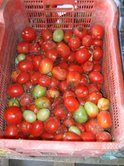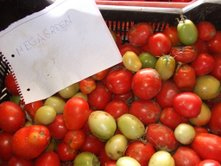- PHOTOS

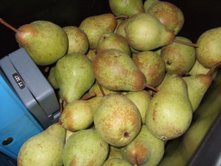
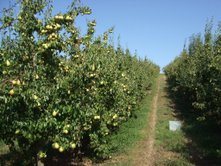
Treated area, in Terra da Eira (above); control area below
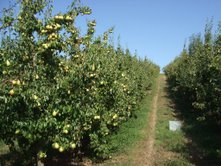
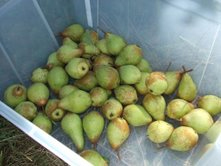
Quintas de Cadaval, treated and control areas below
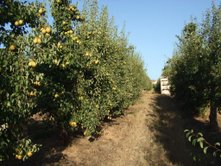
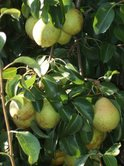
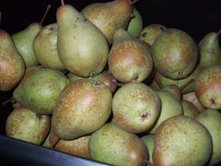

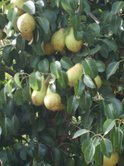
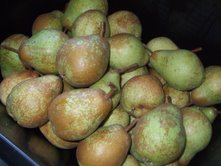
- PLACE
- RESPONSIBLE PERSONS
- PERIOD
- SIZE
- TREATMENTS
- RESULT
- PHOTOS
- To Dowload:
- Citrus Turkey
- Salad
- Barley
- Cotton
- Cucumber
- Golf Lawn
- kiwi Fruit
- Potatoe
- SOYA
Trial was performed in Acopaex, Merida, Extremadura region, Spain.
Acopaex is a producers cooperative, operating around 5000 hectares of tomato per year.
There were two areas of trial: Vegas Altas, Merida and Vegas Bajas, Montijo away from each other about 50 km. I’ll report the first trial, where we’ve noticed important differences between test and control areas.
Eng. Roberto Moran and Eng. Ana Hernandez, both agronomists and technical assistants of Acopaex.
Gabriela Silveira assisted the trials during the season, responsible for all measurements in the field, test and control areas.
Trials were performed during Spring-Summer 2009.
In Vegas Altas, Merida, treatments started in June 6th, and ended at July 8th; harvest in August 30th.
Treated area 1 hectare, control area 1 hectare.
There were 5 treatments with Zeogrow, 2 kg/ha. In control areas no other product was applied.
From measurements made before harvest, brix and weight, it was concluded that weight had increased with Zeogrow treatments, more 7,636 kg per hectare than control area.
Also red fruits increased from 77% in control area to 82,7% in test area. Finally, rotten fruits decreased with treatments, less 10 % in treated area.
_ Photo 1 and 2 with Zeogrow; photo 3 from control area

